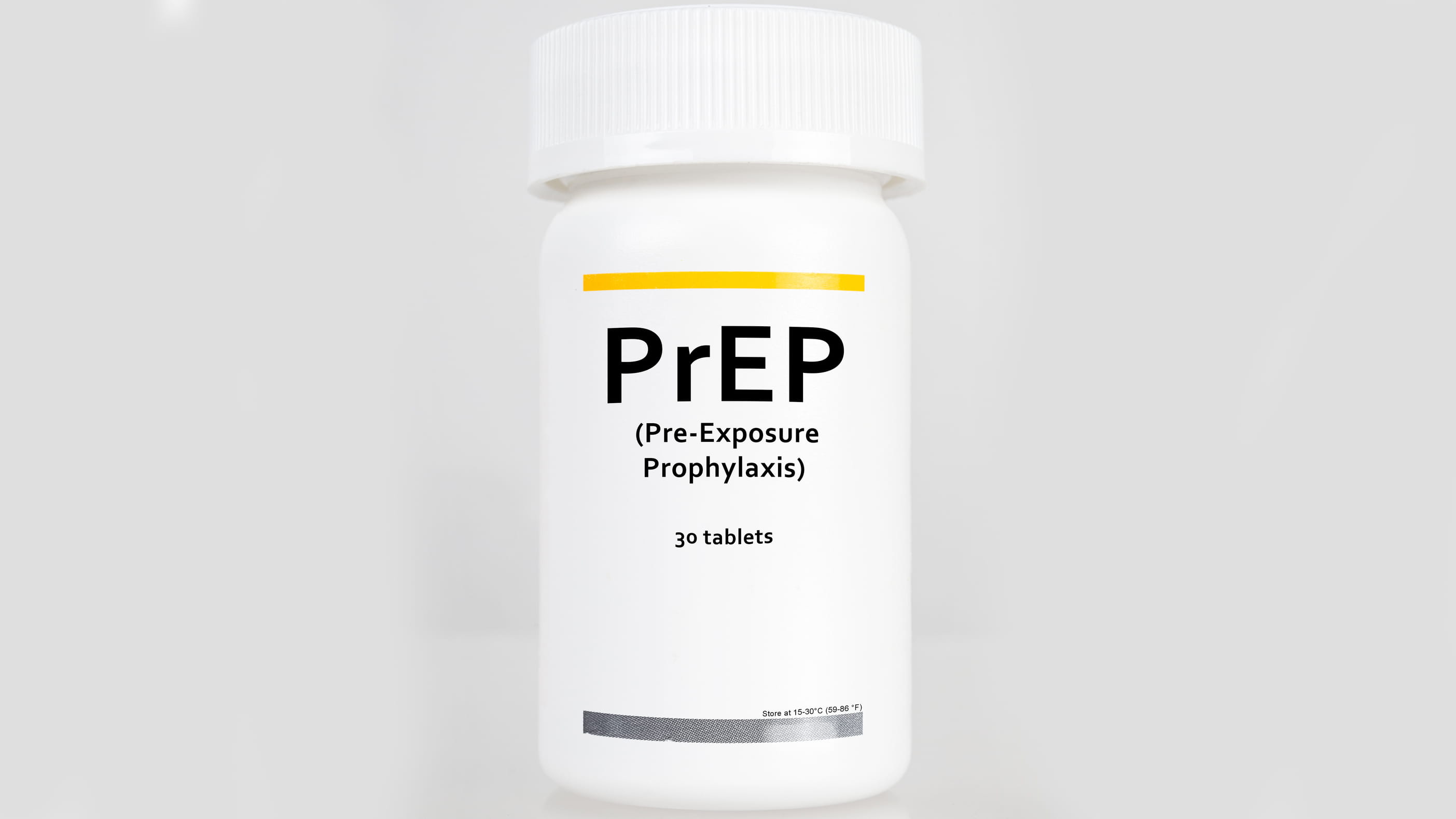Successful Pilot Integrates PrEP and Syringe Exchange Services

- How and When Could AI Be Used in Emergency Medicine?
- Faculty Highlights: Recent Awards and Grants
- Drexel Receives $1.4 Million Grant to Establish Hub for Literacy Reform
- Drexel Public Health Researchers Lead $3.7 Million Study Looking at Impact of Federal Housing Assistance on Health Care for Chronic Conditions

A new study shows that implementing PrEP distribution within a community-based syringe services program gets the medication into the hands of women who inject drugs — a population disproportionately impacted by HIV.
When taken daily, pre-exposure prophylaxis, or PrEP, is a highly effectiveway to prevent HIV transmission, according to the Centers for Disease Control and Prevention. Now a new study shows that implementing PrEP distribution within a community-based syringe services program gets the medication into the hands of women who inject drugs — a population disproportionately impacted by HIV. The results, from researchers at Drexel University’s Dornsife School of Public Health, Dornsife School of Public Health, were recently published in the Journal of Acquired Immune Deficiency Syndrome.
In the first demonstration project among women who inject drugs, known as “Project Sexual Health Equity (Project SHE),” the team prescribed up to 24 weeks of daily PrEP, to 95 adult cisgender women — those whose gender identity matches their sex assigned at birth. The study was based at the largest syringe services program in the mid-Atlantic — Prevention Point Philadelphia— located in the Kensington neighborhood, which has been considered the epicenter of the city’s opioid crisis.
Although HIV among people who inject drugs has dropped from 40% in the early 1990s to 6% in 2017, recent outbreaks in this population have been reported from coast to coast, including a 115% rise in HIV cases among people who inject drugs in Philadelphia from 2016 to 2018.
Women in particular have been disproportionately represented in these outbreaks, but have been underrepresented in all phases of PrEP research. This study is one of the first to assess how to increase access to PrEP for women who inject drugs.
Participants completed clinical assessments and surveys over the course of 24 weeks and were able to choose whether or not they wanted to take PrEP – in this study, a combination of the drugs emtricitabine and tenofovir disoproxil fumarate sold under the brand name Truvada® -- at three different timepoints (weeks 1, 12, and 24). The majority of women accepted a PrEP prescription at each time, though many failed to consistently achieve prevention effective adherence levels (6 of 7 doses/weekly).
“Despite significant gains in HIV prevention made over the past couple decades, we’re seeing a rising number of outbreaks attributable to methamphetamine and fentanyl injection in communities across the United States, some of which have long-standing, harm-reduction programs,” said lead author Alexis Roth, PhD, an associate professor in the Dornsife School of Public Health. “This has been met with far too little investment in evidence-based interventions to prevent HIV including studies to optimize PrEP among those who might benefit from it. Now we have strong evidence that there is a demand for PrEP among women who inject drugs when clinical care is provided in tandem with syringe services programs. PrEP has great potential to make a positive difference in this population.”
Importantly, to reflect health care in “the real world,” participants were required to use their own insurance to pay for PrEP. While 63.4% identified as currently homeless with an annual income less than $4,999 nearly all (90.5%) were insured at enrollment and the rest were helped to sign up for insurance. While only slightly over half of participants reported being aware of PrEP prior to the demonstration, most women (77.5%) went on to accept PrEP at their first return visit (week 1).
Given most of the women in the current study were non-Hispanic white, the authors note that future studies should consider oversampling women of color to contribute to the development of interventions for Black and Latinx women. They also noted that being able to co-locate services within Prevention Point was extremely important.
In addition to serving as a syringe access point, Prevention Point Philadelphia is a trusted community resource for this population, providing many much-needed services, such as case management, access to housing and linkage/provision of medications for opioid use disorder. In a previous study, colleagues from Montefiore Medical Center/Albert Einstein College of Medicine, University of Pennsylvania, and Prevention Point Philadelphia reported that providing buprenorphine maintenance treatment on-site is feasible and provides similar outcomes as other treatment settings which further highlights the potential role syringe services programs could play in addressing gaps in access to treatment and novel prevention services.
“Access to PrEP for women who inject drugs can change survival rates, and therefore providing PreP for women who inject drugs is a critical tool for harm reduction providers,” said Silvana Mazzella, associate executive director of Prevention Point Philadelphia. “Prevention Point Philadelphia is thrilled to be able to provide additional resources and programming to help increase access for women who inject drugs to receive prep and additional prevention and social service support.”
Barbara Van Der Pol, PhD, a professor at the University of Alabama at Birmingham and a collaborator on this project, noted the importance of co-located services in the context of the global COVID-19 pandemic.
“As SARS-CoV2 has painfully demonstrated, public health resources are limited and underfunded,” said Ven Der Pol. “Studies such as this one demonstrate how synergy can be achieved by cross-agency collaboration. Incorporating tools to promote sexual health along with substance use support services is an excellent approach to using resources wisely to support healthy behaviors. We hope to use this model in many other settings around the country.”
Funding for this study was from American Sexually Transmitted Diseases Association Developmental Award Program and the National Institute on Drug Abuse.
In addition to Roth, other authors on the paper include Nguyen K. Tran, Marisa A. Felsher, PhD, Annette B. Gadegbeku, MD, and Brogan Piecara Rachel Fox, of Drexel; Douglas S. Krakower, MD of Harvard Medical School; Scarlett L. Bellamy, ScD, of Drexel; K. Rivet Amico, PhD, of the University of Michigan; Jose A. Benitez, of Prevention Point Philadelphia; and Barbara Van Der Pol, PhD, of the University of Alabama at Birmingham.
In This Article
Contact
Drexel News is produced by
University Marketing and Communications.